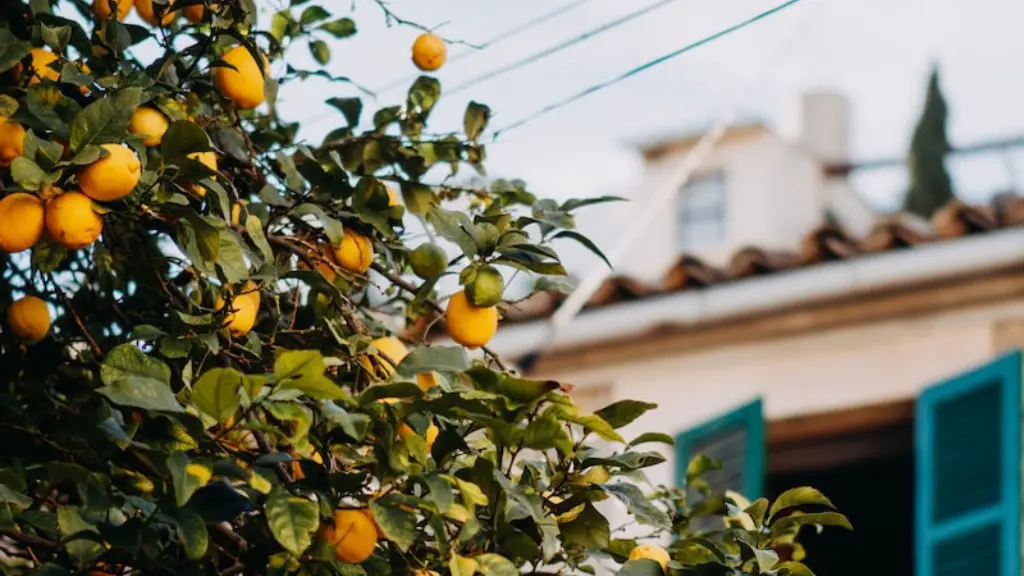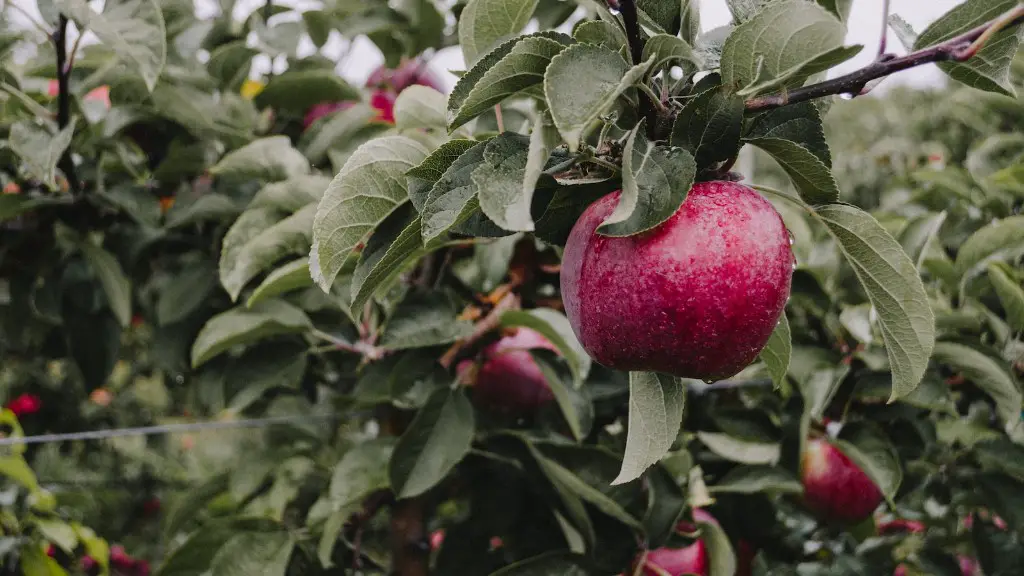When it comes to dead palms, a single image springs to mind: a dry, crispy, unsightly tree trunk in the middle of an otherwise lush garden. It’s not an uncommon sight. Dead palms are often a consequence of improper care and multiple environmental factors. Of course, depending on the type of palm and the climate it is grown in, the appearance may differ. But what does a dead palm tree actually look like?
Types of Dead Palms
There are two main types of dead palms. The first one is called “dead” and it is characterized by its yellowing, once green fronds and its crumbly, papery bark. The second type is called “decayed”, and it is much more unpleasant to look at. This type of dead palm is usually darker in color, sprouting black or gray patches and in some cases, the trunk may be covered in a black, slimy mold. You may also notice mushrooms growing on the tree, especially around the soil.
In some cases, you may notice that the trunk of the dead palm is rotten and mushy. That usually happens when the palm has been left in a state of disrepair for too long.
Environmental Causes
One of the most common causes of dead palms is environmental stress. Palms are tropical plants, and that means that in order for them to thrive, they need a lot of light, water and shade. If any of these elements are missing, the palm can suffer from sunburn, dehydration and nutrient deficiency. Therefore, it’s important to make sure you are providing your palm with the right amount of light, water and shade.
Other environmental factors that can cause dead palms include too much salinity in the soil, as well as too much salt in the water. Too much fertilizer can also lead to the death of a palm, as well as temperature fluctuations between night and day. Finally, pests, such as nematodes, can damage the palm’s roots and ultimately lead to its death.
Signs of Problems
It’s important to be vigilant when it comes to the health of your palm tree. Early detection is key in order to prevent the death of a palm, so you should always check for signs of problems. Some of the most common signs are yellowing leaves, drooping fronds and a darker, slimy bark.
In some cases, you might notice an infestation of pests. This is especially true for scale infestations. You may also notice plants or weeds growing in the soil, which is a sign of poor drainage. If you notice any of these signs, it’s important to take action and address the problem immediately.
Prevention and Treatment
The best way to avoid a dead palm is to provide your palm with the right amount of light, water and shade, and to make sure you keep an eye on the soil and the pest activity. If you’ve noticed any signs of problems, it’s important to inspect your palm and determine the cause of the issue. Once you’ve identified the cause, you can start treating the problem.
There are a variety of treatments available, depending on the cause of the issue. For example, treating pest infestations may require the use of pesticides, while too much salt in the soil can be addressed by leeching it with plenty of water. If you’re not sure what the best course of action is, it’s always a good idea to consult with a professional.
Conclusion
Understanding what a dead palm tree looks like and, more importantly, what causes it, is essential if you want to keep your palms healthy and beautiful. If you notice any signs of problems, it’s important to take action and address the issue, as soon as possible, in order to avoid having to deal with a dead palm tree.
Maintenance
Regular maintenance of your palm trees can go along way in avoiding the death of your palms. Pruning of palms is a trusted and effective way to preserve the health of a palm, although it is best done in the spring or early summer. It’s also important to fertilize your palms and provide them with the nutrients they need. The soil in which the palm is planted should be well drained and not overly wet.
Finally, it’s important to control for pests and diseases, as these can quickly cause damage to the tree. A common pest to look out for is the coconut mite, which can wreak havoc on palms if left unchecked. Additionally, you should look out for fungi and fungi-related diseases, as they can quickly spread to other plants and weaken the tree.
Containers
Palm trees that are kept indoors, or in containers, are more susceptible to death than those grown outside in the ground. It’s important to make sure that the container is large enough to house the palm’s root system. Additionally, the container should be replaced once every two years, or when it starts to show signs of wear and tear.
Furthermore, it’s important to ensure that the container has enough drainage holes to avoid standing water. It’s also important to ensure that the soil inside is of good quality. Poor quality soil can lead to nutrient deficiency, which can quickly kill a palm tree.
Climate
The climate in which a palm is grown in can have a drastic effect on the health of the tree. For example, some palms are better suited to warm climates, while others prefer more temperate climates. Additionally, some palm trees may require more shade than others. It’s important to research the particular climate needs of the palm variety you are growing and make adjustments accordingly.
Finally, in areas of extreme heat or cold, it’s important to provide the palm with extra protection, such as shade or heaters. This is especially true during the winter months, when temperatures can quickly drop to dangerous levels.
Watering
Finally, one of the most important things to consider when it comes to keeping a palm healthy is the correct watering schedule. Different varieties of palm trees have different needs, and it’s important to conserve water wherever possible. For example, some palms may only require weekly watering, while others may require daily watering.
It’s also important to avoid over-watering, as this can lead to root rot and other issues. Finally, it’s important to check the soil from time to time and make sure the soil is not overly dry or saturated.



